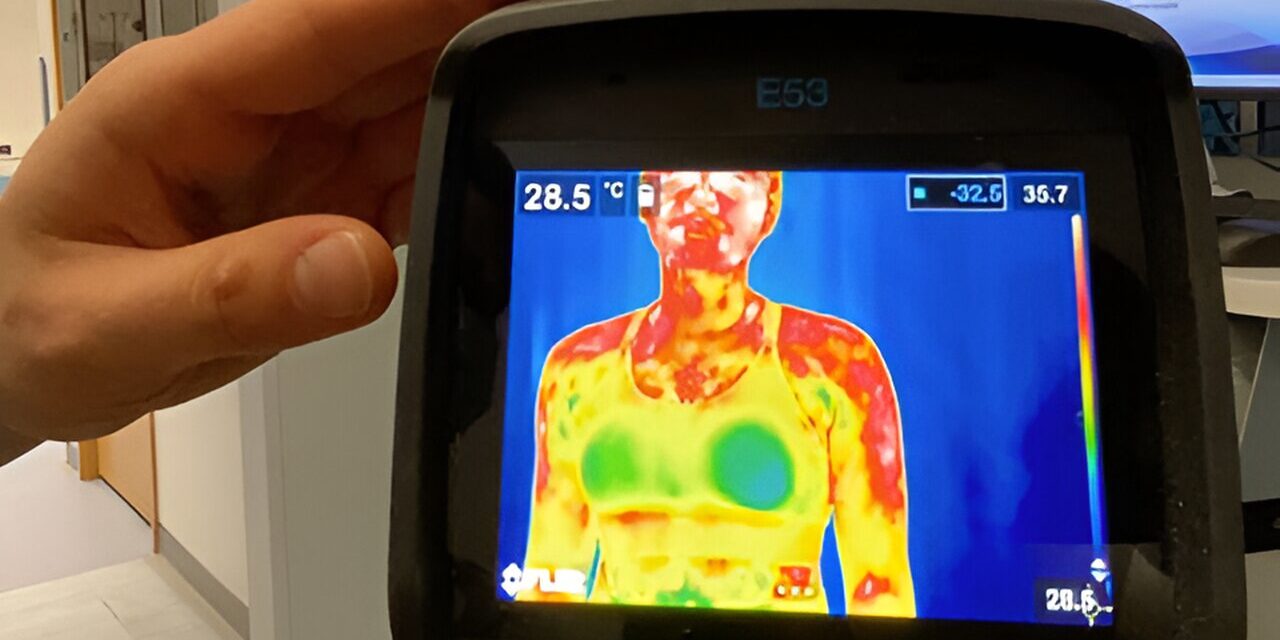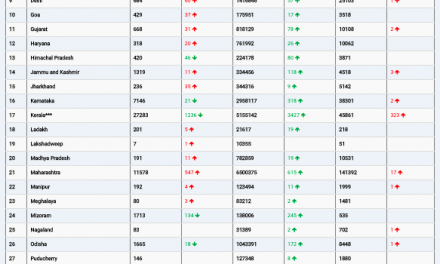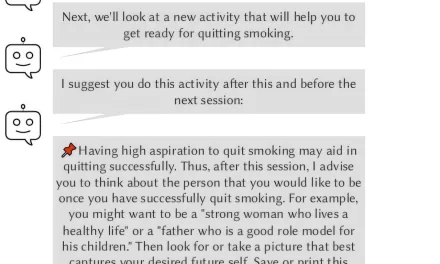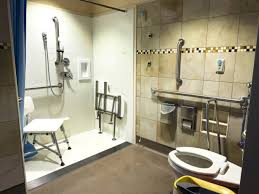New Delhi, India – A recent study has revealed a stark disparity in breast cancer screening rates among Indian women aged 45 and above, with a mere 1% participating in mammography. This alarming statistic underscores a critical challenge facing India’s healthcare system in combating the growing threat of cancer.
The study, which examined regional participation rates, uncovered significant variations across the country. Kerala recorded the highest screening rate at 4.5%, while Nagaland reported a complete absence of mammography screenings. These regional disparities highlight the uneven access to healthcare services and awareness campaigns across India.
The 1% screening rate places India significantly below global averages, with African nations reporting 4.5% participation and European countries and the United States achieving rates as high as 84%. This gap raises serious concerns about the efficacy of India’s National Programme for Prevention and Control of Cancer, Diabetes, Cardiovascular Diseases, and Stroke (NPCDCS) in facilitating early detection of breast cancer.
Despite the NPCDCS guidelines, which recommend clinical breast examinations for women aged 30-65 every five years, the study emphasizes the urgent need for more comprehensive data collection and improved screening infrastructure. The findings suggest that the current system is failing to reach a significant portion of the at-risk population.
The situation is further exacerbated by the projected 2% annual increase in cancer cases in India, driven by the country’s aging population. Early detection through regular mammography screenings is crucial for improving survival rates and reducing the burden of breast cancer.
Experts are calling for immediate action to address the identified gaps, including increased awareness campaigns, improved access to screening facilities, and the implementation of more robust data collection systems. Without significant improvements, India risks facing a mounting public health crisis as cancer cases continue to rise.
Disclaimer: This news article is based on the information provided and should not be considered medical advice. Readers are advised to consult with healthcare professionals for accurate and personalized information regarding breast cancer screening and prevention. The statistics presented reflect the findings of the mentioned study and may not represent the entire population.(https://www.devdiscourse.com/article/health/3332657-unveiling-the-mammography-gap-indian-womens-cancer-screening-challenge)












